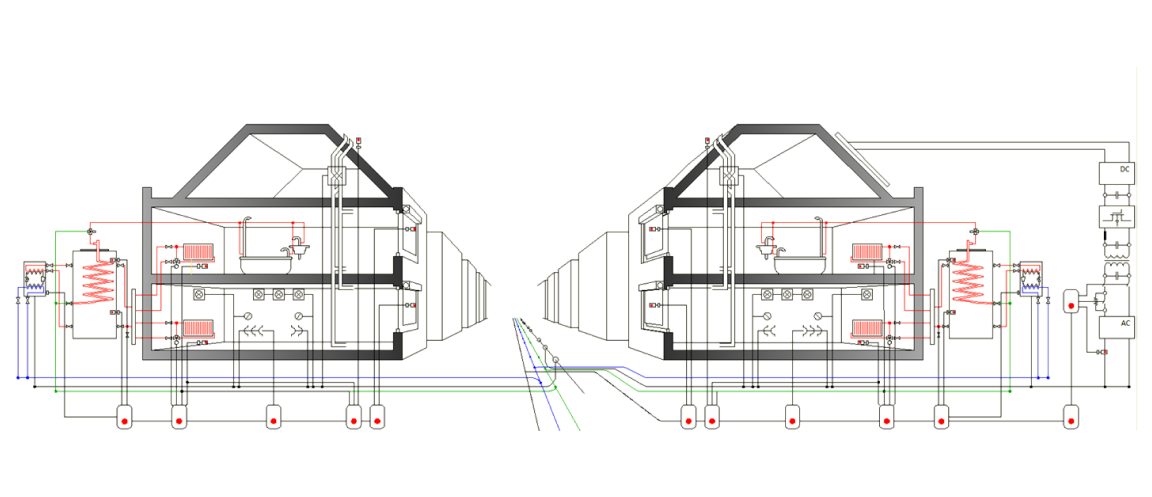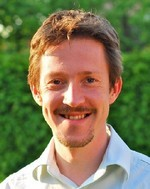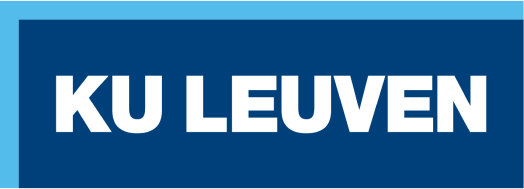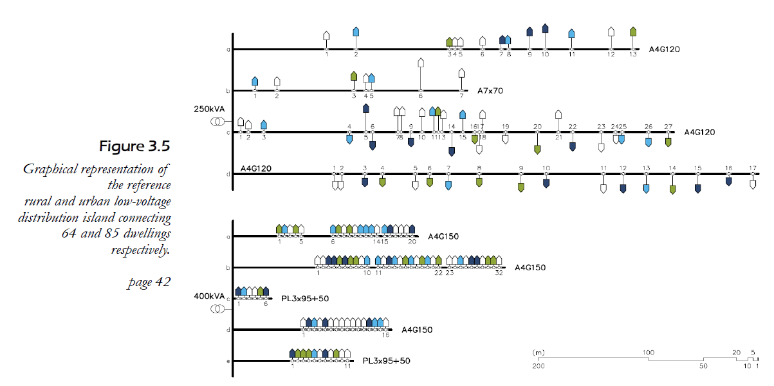
15 Nov MEET THE TEAM INTERVIEW: Prof. Dirk Saelens


Dirk Saelens is full professor at the Building Physics and Sustainable Design Section at the Civil Engineering Department of KU Leuven. He is teaching, supervising research, and creating societal impact through improving energy systems in buildings. He is also involved in the EnergyVille research center (www.energyville.be) in the Buildings and Districts topic.
In sEEnergies, the Building Physics and Sustainable Design Section is performing research on the impact of buildings on the electricity grid, and performing analyses of additional impacts from energy efficiency measures.
Dr Saelens is sharing with us his thoughts about project sEEnergies, his expectations, and best case scenarios for the use of its impacts.
What was your motivation to develop the sEEnergies project? What is the background for this initiative?
The application of the district energy simulation framework (openIDEAS) that we developed at the KU Leuven and EnergyVille was my main motivation. This simulation environment allows us to assess the impact on the low voltage electricity grid of integrating renewable energy resources. This framework and the research that we did within the sEEnergies project gave us the opportunity to generate cost functions that can be applied in the the work package that models and quantifies the Energy Efficiency First Principal impacts.
What are the main challenges you are encounter in the sEEnergies project implementation?
The work that we do uses inputs from other work packages and creates inputs for other work packages. Being able to finalize the deliverables in a timely manner is a huge challenge, especially as the timing of the project is really strict and the computational efforts required to perform the simulations are substantial.

A schematic overview of the IDEAS tool (top)and examples of how low voltage feeders for rural (middle) and urban (bottom) situations can be define
What do you hope to achieve by the end of the project?
An extension and a useful application of the framework that we have developed. This will show us the potential of the framework but also serves to identify future challenges that we could tackle in follow up projects.
What do you personally find most interesting/exciting about sEEnergies’ expected outcomes?
In this project the energy transition is analyzed with a holistic view. The potential for efficiency in most important energy sectors (building, mobility and industry) is being analyzed and the impact of renewables and efficiency measures on energy grids (electricity, thermal networks and gas) is assessed simultaneously. This is a complex but necessary task to be able to identify opportunities and challenges that would be forgotten if all aspect were scrutinized individually, without interaction. What I also like very much is the tremendous effort to visualize all the results. This not only allows for a very attractive dissemination, but it also forces participants to use the same bases for their assumptions and as such improves the coherence of the work we do in the project.

